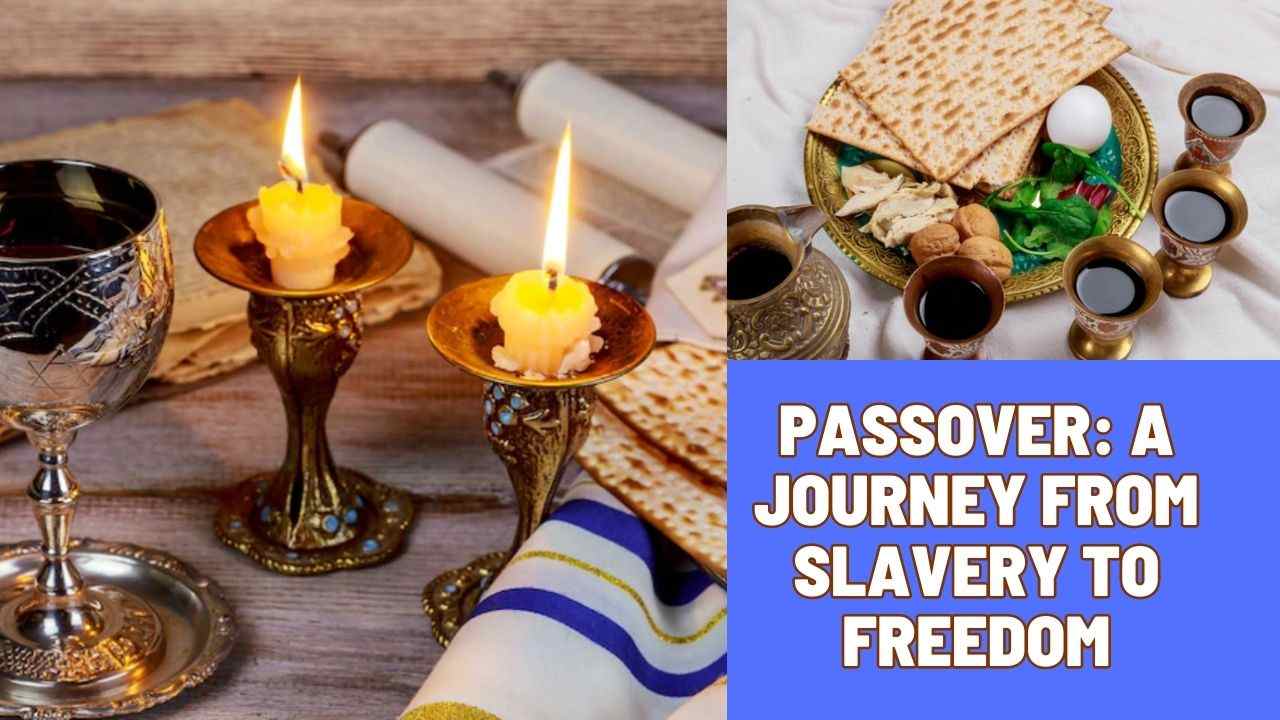Passover, or Pesach, is a Jewish holiday that begins at sundown on April 5th, 2023. The holiday, which lasts eight days, commemorates the story of the Israelites’ fight for freedom from their enslavement under the Pharaoh in Egypt. The following article will provide insights into the story of Passover and the rituals that accompany it.
Table of Contents
Passover: A Journey from Slavery to Freedom
Passover, or Pesach, is one of the most important Jewish holidays, which celebrates the Israelites’ fight against their enslavement under Pharaoh in Egypt. It is rooted in the Book of Exodus, which is the principal sacred text of Judaism. Rabbi Sara Adler of Michigan Medicine’s Spiritual Care Department states that the celebration of Pesach involves a series of rituals and traditions that accompany the telling of the story.
The Seder: A Symbolic Meal
The seder is a ritual meal that marks the beginning of Passover, and it is traditionally held on the first two nights of the eight-day holiday. The meal features specific foods intended to remind participants of elements of the story. Matzah, the unleavened bread, is the most well-known of these foods, which represents the bread that the ancient Hebrews gathered in their haste to leave Egypt.
Jewish law forbids eating or possessing any food that contains leavened grains during the Passover festival. Thus, traditional Jews prepare for Passover by deep-cleaning their kitchens to remove any trace of leavened grains.
Other symbolic foods on the seder plate are maror, the bitter herbs, which include lettuce or horseradish to evoke the hard years of slavery; charoset, a mixture of apples, nuts, and wine, symbolizing the mortar used when the Israelites were enslaved; a roasted egg to symbolize mourning for the destruction of the Temple; karpas, which is parsley, celery, or another green vegetable, symbolizing the green of spring; a shank bone to represent the sacrificial lamb offered on the eve of the Exodus; and four cups of wine or grape juice to celebrate freedom.
The Haggadah: A Guide to the Seder
The full seder ritual is outlined in a Haggadah, a guide that outlines the Pesach meal for the participants, and usually includes stories, songs, and prayers. There are many different versions of the Pesach Haggadah available in print and online, and some people even create their own custom versions.
The Four Questions
Traditionally, the youngest child at the seder starts the meal by asking the traditional Four Questions. The questions contrast the differences between the Passover meal and all other meals of the year and include the reasoning behind why participants recline, dip certain seder plate elements into others, and eat certain types of food.
However, Rabbi Adler encourages everyone to ask questions, for it is through questioning that people can have deeper discussions about the story of Passover. Moreover, the Pesach story is not just about commemoration but also serves as a metaphor for taking action against injustices in the world.
Spiritual Care for Passover
For patients who request a visit from a Spiritual Care chaplain during Passover or any other holiday, Michigan Medicine’s Spiritual Care Department has provided an email and contact number for communication.
Conclusion
In conclusion, Passover is a significant holiday for the Jewish community, marking the journey from enslavement to freedom. The seder ritual, including the symbolic foods, serves as a reminder of the story of Exodus and the hardships faced by the Israelites. As with many religious holidays, it is important to respect and accommodate patients who observe Passover, including providing access to Spiritual Care chaplains.
Michigan Medicine recognizes the importance of cultural and religious diversity and is committed to providing resources and support to its patients and staff. As we begin the eight-day celebration of Passover, let us remember the lessons of the Exodus story and strive to create a more just and equitable world for all.
Read more: World Autism Awareness Day: Understanding Autism and Promoting Inclusion.
FAQs
Q. What is the significance of matzah in the Passover seder?
Ans. Matzah represents the unleavened bread gathered by the ancient Hebrews in their haste to leave Egypt.
Q. What are the traditional symbolic foods on the seder plate?
Ans. Other symbolic foods on the seder plate are maror, charoset, a roasted egg, karpas, a shank bone, and four cups of wine.
Q. How can I accommodate Jewish patients who observe Passover?
Ans. Respect patients’ dietary restrictions, provide access to a Spiritual Care chaplain, and be mindful of scheduling appointments and procedures during the holiday.
Q. What is the tradition of the Four Questions in the Passover seder?
Ans. The youngest child at the seder asks four questions about the differences between the Passover meal and all other meals of the year, sparking discussion and deeper exploration of the story of Exodus.
Q. How can I learn more about the Pesach Haggadah?
Ans. There are many different versions of the Pesach Haggadah available in print and online, and some people even create their own custom versions. Consider reaching out to a local synagogue or Jewish community center for guidance and resources.

